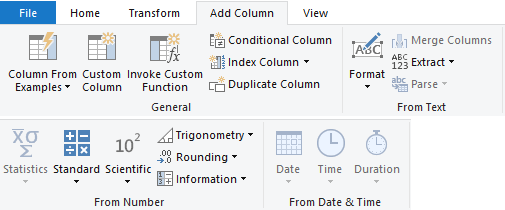

Optional: Establish relationships between objects. Select objects from the Object Selection pane.Īdd objects to the Design pane and select columns. To build a query, perform the following steps: Output pane allows you to create conditions, view the generated SQL, or view query results. Only objects in the current schema display.ĭesign pane displays selected objects from the Object Selection pane. Object Selection pane contains a list objects from which you can build queries. The Query Builder page is divided into three sections: The Query Builder enables you to search and filter database objects, select objects and columns, create relationships between objects, and view formatted query results with minimal SQL knowledge. Use the Query Builder to build SQL queries without coding. Using the Query Builder About Query Builder See Using the Query Builder for information on the Query Builder utility. See Setting Server Configuration Options for more information.Įnter the SQL query or select Query Builder. Note: You can control the cache expiration time and the cache size through the configuration settings. However, if the data is updated during the session, the user cannot view the new data via the View report page until the cache is cleared. Select the Cache Result box if you wish to cache the results of the query for your session.īy caching the results of the query, multiple templates can be applied to these results without requerying the data. Select the Default Data Source (defined in the Report Properties) or select a new data source from the list. Select the Data Source for this data set. Use a pregenerated XML data file stored in a directory that has been set up by your Administrator.Ĭonstruct a multidimensional (MDX) query against an OLAP database that has been set up by your Administrator. For more information on this integration, see Integration with Oracle Business Intelligence Discoverer. If you have integrated your BI Publisher installation with Oracle Discoverer, then you can use the data from an Oracle Discoverer worksheet to create your report. For more information on this integration, see Integrating with Oracle Business Intelligence Presentation Services. If you have integrated your BI Publisher installation with Oracle Business Intelligence Presentation Services, then you can use the data from an Oracle BI Answers request to create your report. The data template is the method by which you communicate your request for data to BI Publisher's data engine. The BI Publisher data engine enables you to rapidly generate any kind of XML data structure against any database in a scalable, efficient manner.

Supply the Web service WSDL to BI Publisher and then define the parameters in BI Publisher to use a Web service to return data for your report. Use an RSS feed off the Web that returns XML. BI Publisher also provides a Query Builder that enables you to build your SQL query graphically. Submit a SQL query against any of the transactional databases set up by your Administrator. About the Data Model OptionsīI Publisher supports the following data model types: Moreover, you can combine data from different sources into a single report. BI Publisher supports multiple methods for retrieving this data for your report. Defining an Oracle BI Discoverer Data Set TypeīI Publisher relies on XML data to format and publish your reports.Defining an Oracle BI Answers Request Data Set Type.

This chapter covers the following topics: Oracle Business Intelligence Publisher Online Help Oracle Business Intelligence Publisher Online Help Browser version script Skip Headers


 0 kommentar(er)
0 kommentar(er)
